Training big cats in zoos and conservation centers is crucial not just for entertainment but primarily for their welfare, health, and safety. It allows caretakers to manage these powerful yet vulnerable animals safely while ensuring they receive the best care possible. This training is a blend of science, discipline, and compassion.
The Goal of Big Cat Training
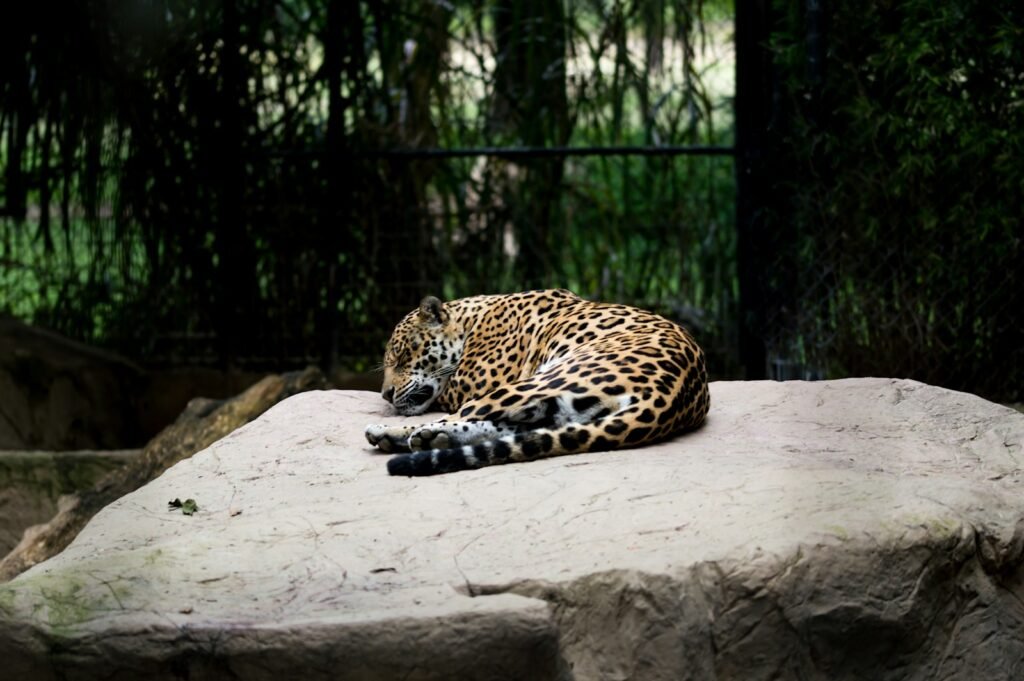
The primary goals of big cat training include facilitating veterinary care, enhancing animal welfare, and enabling educational demonstrations without causing stress to the animals. Training helps keepers perform health checks, administer medications, and conduct routine maintenance, all while minimizing the stress and involvement of physical restraints.
Understanding Big Cat Behavior
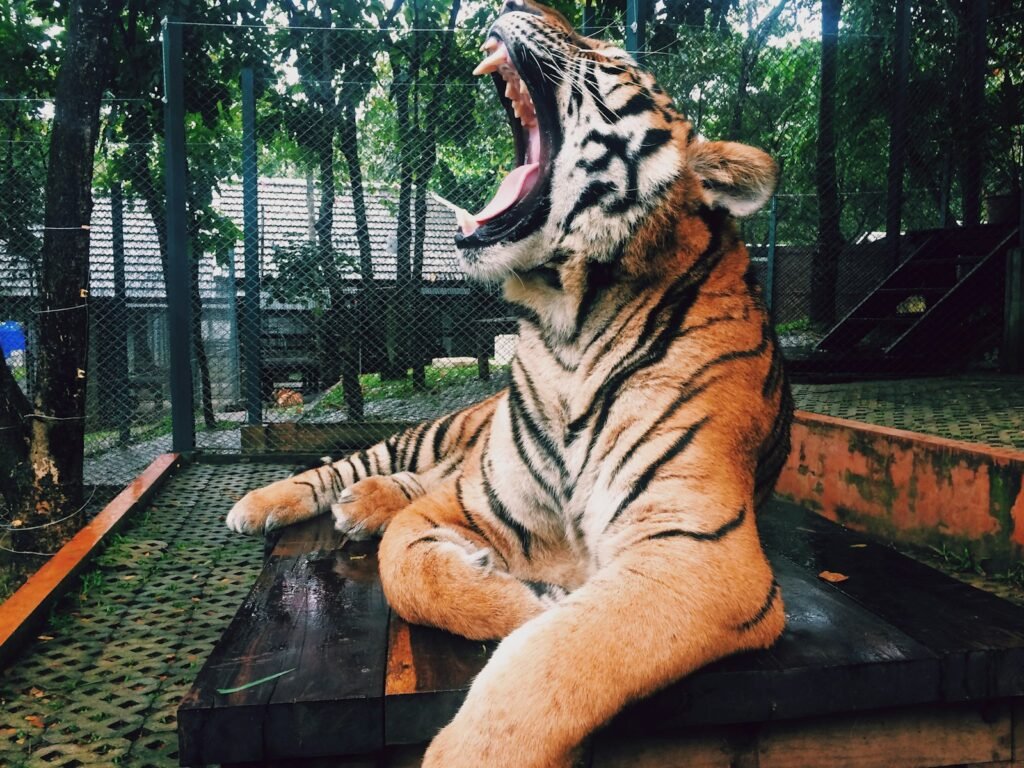
Effective training begins with understanding the natural behaviors and instincts of big cats. Trainers must be knowledgeable about species-specific behaviors such as hunting, resting, and social interactions. This understanding informs their approach, allowing them to develop training programs that align with the cats’ natural tendencies.
Positive Reinforcement Techniques
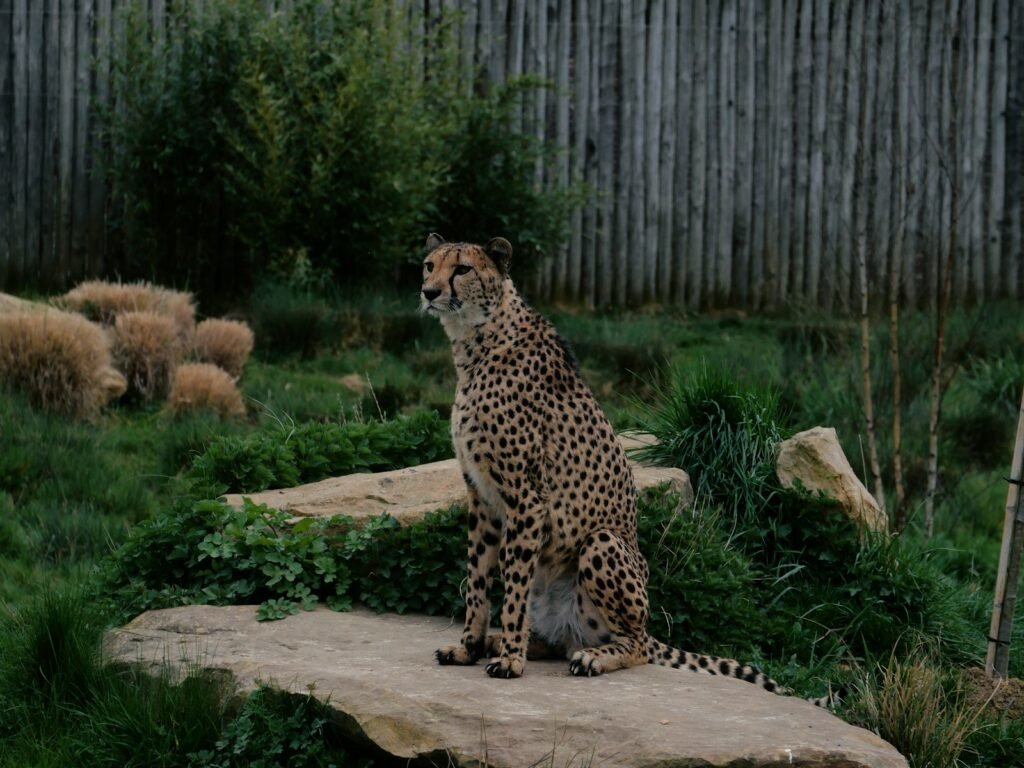
Positive reinforcement is the cornerstone of big cat training. This technique involves rewarding animals for desired behaviors, encouraging them to repeat these actions. Rewards often come in the form of food, verbal praises, or toys, which help build strong, trustful relationships between the animals and their trainers.
The Role of Clicker Training
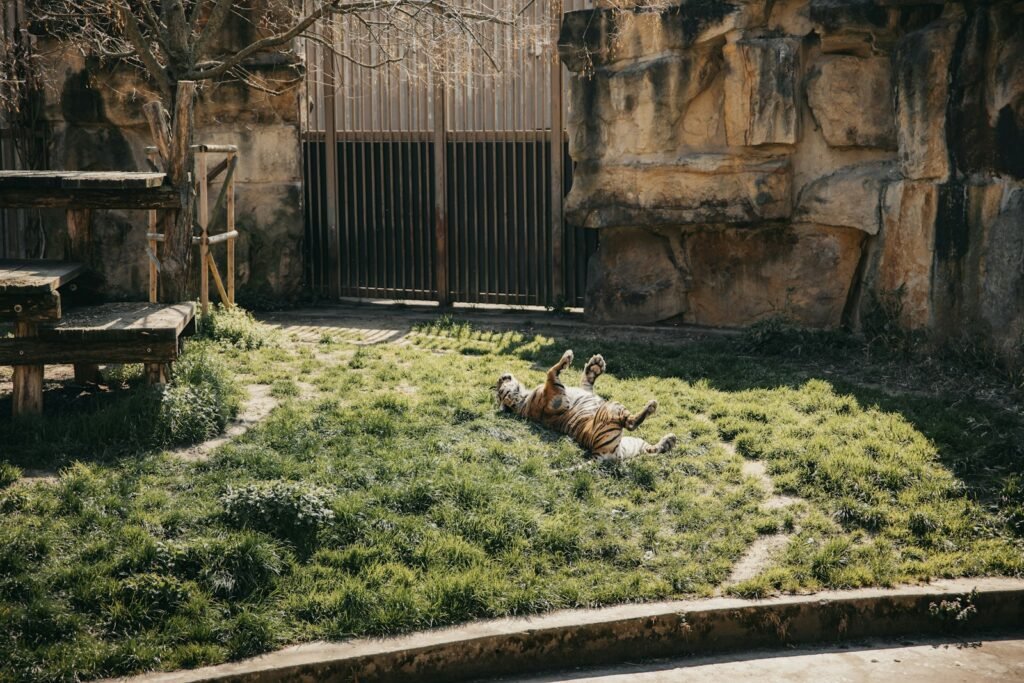
Clicker training is a popular method used in training big cats. This technique uses a clicker device to signal to the cat that it has performed the correct behavior, immediately followed by a reward. The clicker creates a distinct sound that helps bridge the gap between the behavior and the reward, making the learning process more efficient.
Health and Safety Benefits
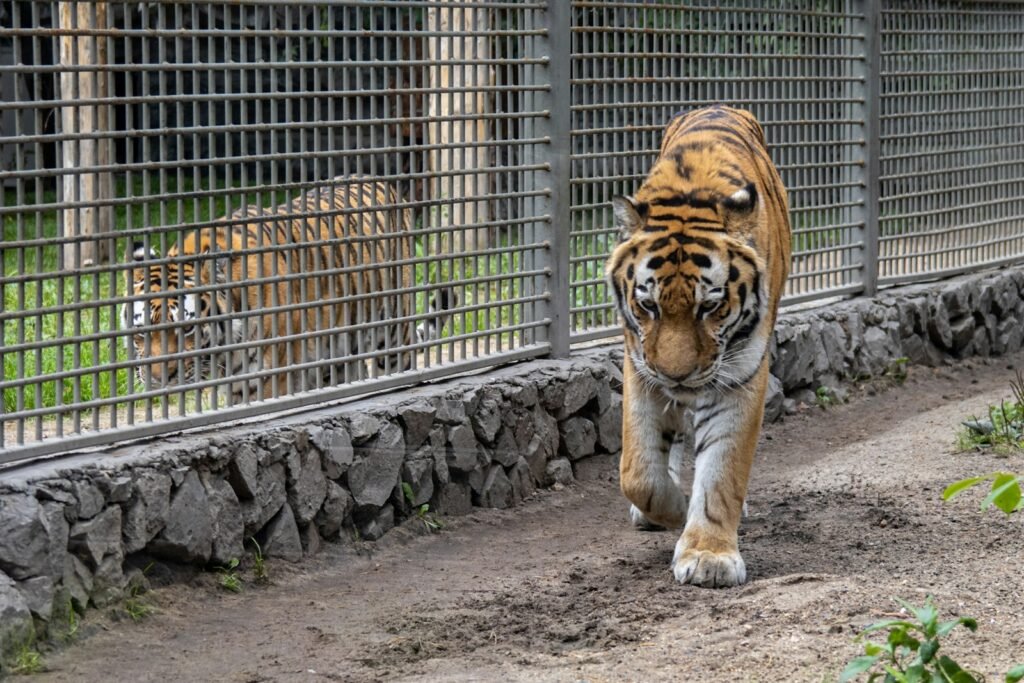
Training big cats improves health and safety for both the animals and their handlers. Trained cats are more compliant during medical procedures, reducing the need for anesthesia and allowing for regular health assessments. This proactive care helps prevent health issues and enables early detection of potential problems.
Training Adults vs. Cubs
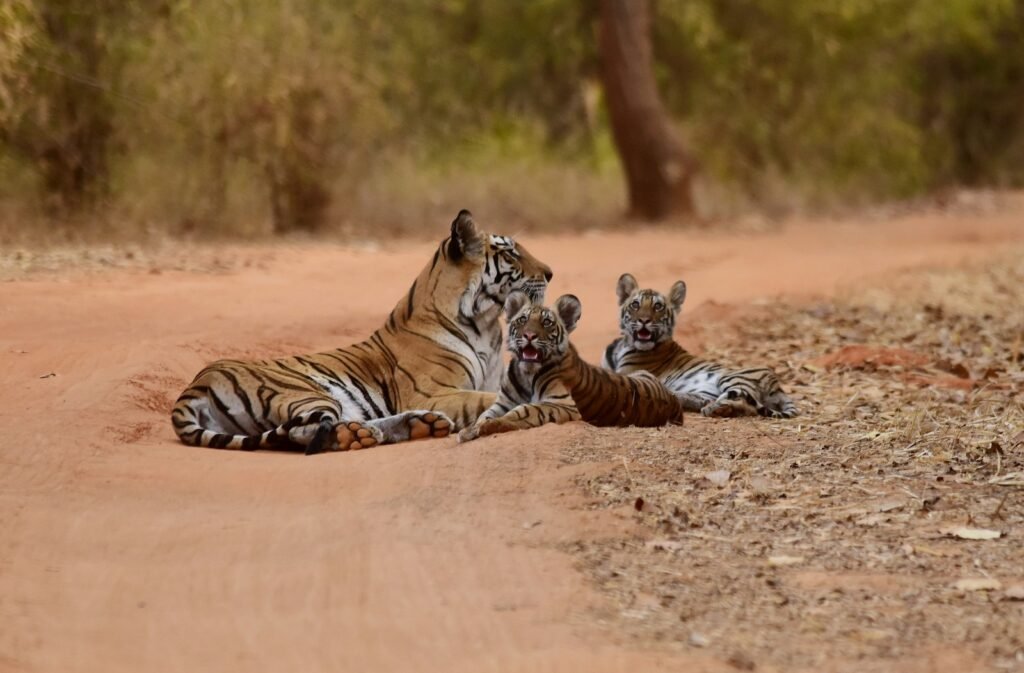
There is a significant difference between training adult big cats and cubs. Cubs are typically more adaptable and open to learning new behaviors, while adults may require more patience and understanding due to established habits. Nonetheless, with the right approach, adult big cats can also learn to participate in training exercises effectively.
Ethical Considerations in Big Cat Training
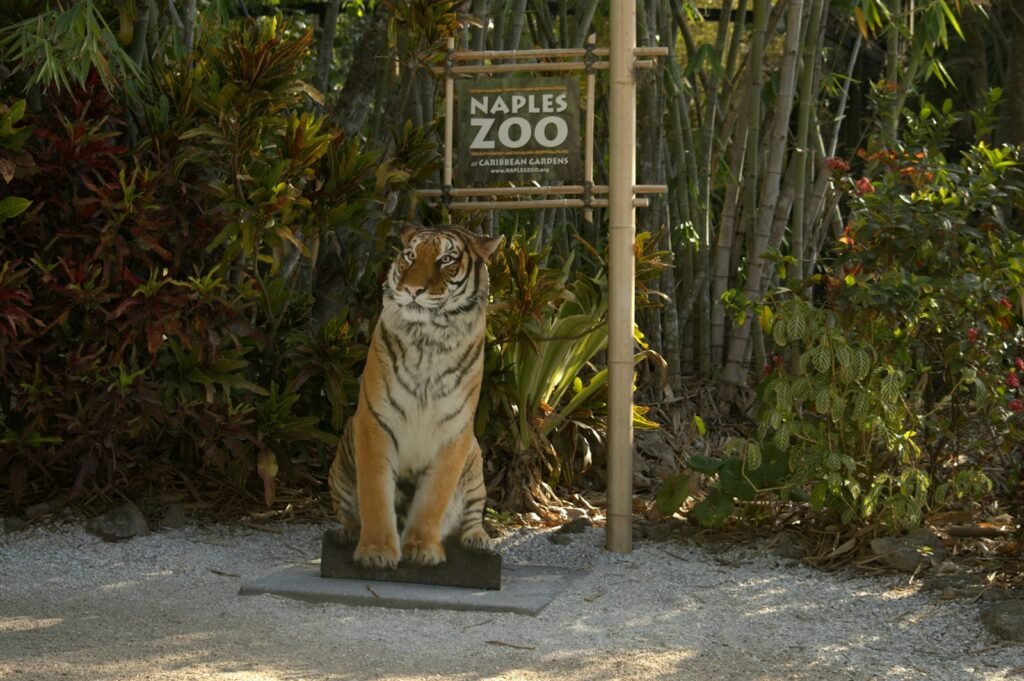
Ensuring ethical standards in training is paramount. Trainers must avoid using force or coercion and should focus on voluntary participation from the cats. Training sessions should always prioritize the animals’ well-being, with their comfort and safety at the forefront of all interactions.
Interactive Enrichment Programs
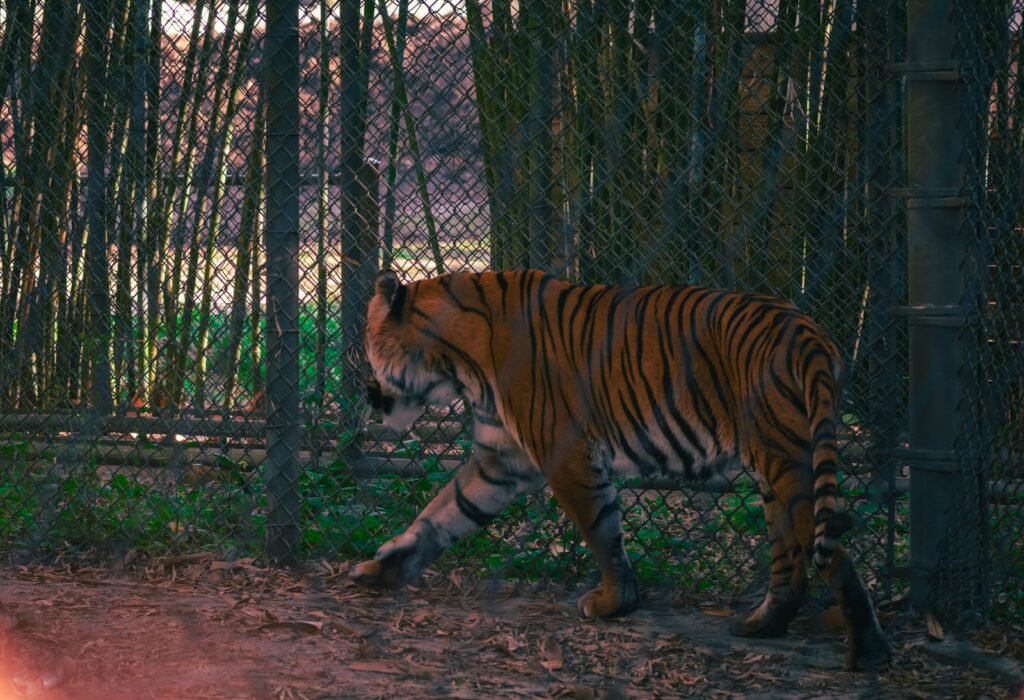
Interactive enrichment is a critical component of big cat training programs. Providing mental and physical stimulation through training exercises contributes to the animals’ overall well-being. Enrichment programs often include activities that encourage natural behaviors such as stalking, pouncing, and problem-solving, keeping the cats active and engaged.
Training Success Stories
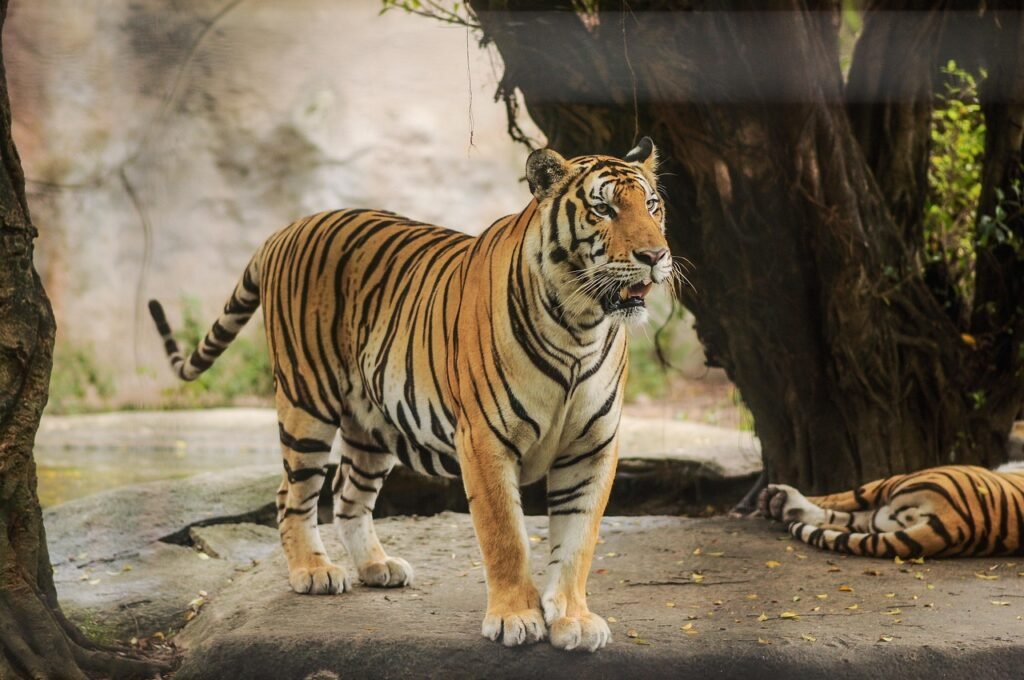
Many zoos and conservation centers have remarkable success stories arising from their big cat training programs. From tigers willingly participating in health screenings to lions engaging in interactive educational presentations, these achievements highlight the positive impact of dedication and effective training strategies on the lives of these majestic animals.
The Future of Big Cat Training
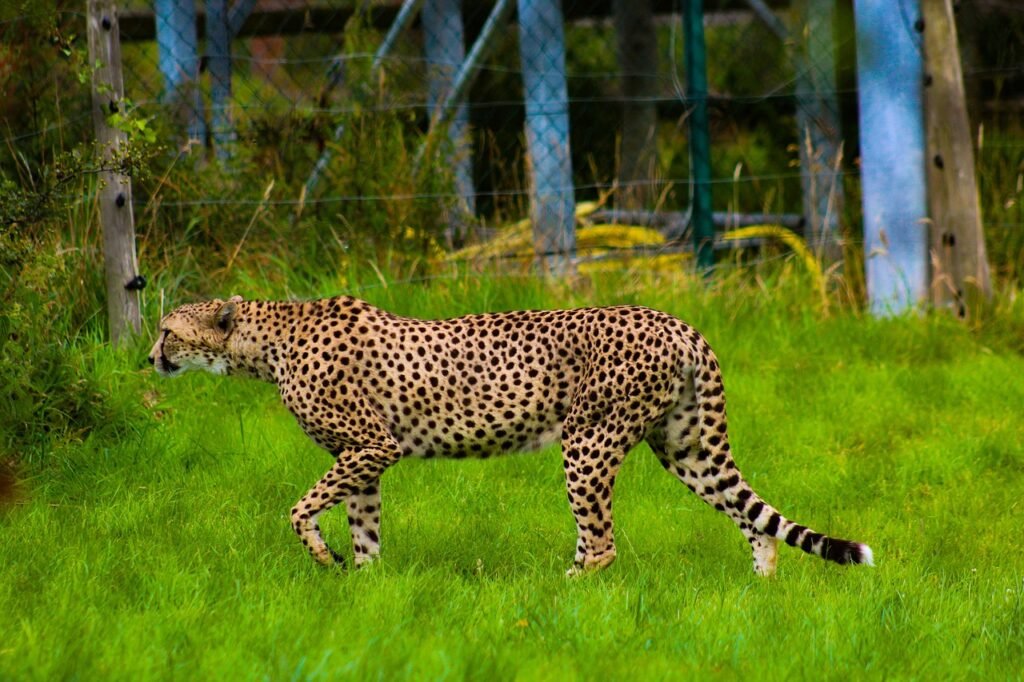
As our understanding of animal behavior and welfare continues to evolve, so too will the techniques and strategies used in training big cats. Advances in technology and behavioral science promise innovative approaches that will further enhance the care and conservation of these incredible creatures, ensuring they thrive both in captivity and in the wild.
Through thoughtful and ethical training practices, zoos and conservation centers play a critical role in safeguarding the welfare of big cats, providing them with enriched lives while supporting broader conservation efforts.

Suhail Ahmed is a passionate digital professional and nature enthusiast with over 8 years of experience in content strategy, SEO, web development, and digital operations. Alongside his freelance journey, Suhail actively contributes to nature and wildlife platforms like Feline Fam, where he channels his curiosity for the Feline into engaging, educational storytelling.
With a strong background in managing digital ecosystems — from ecommerce stores and WordPress websites to social media and automation — Suhail merges technical precision with creative insight. His content reflects a rare balance: SEO-friendly yet deeply human, data-informed yet emotionally resonant.
Driven by a love for discovery and storytelling, Suhail believes in using digital platforms to amplify causes that matter — especially those protecting Earth’s biodiversity and inspiring sustainable living. Whether he’s managing online projects or crafting wildlife content, his goal remains the same: to inform, inspire, and leave a positive digital footprint.






